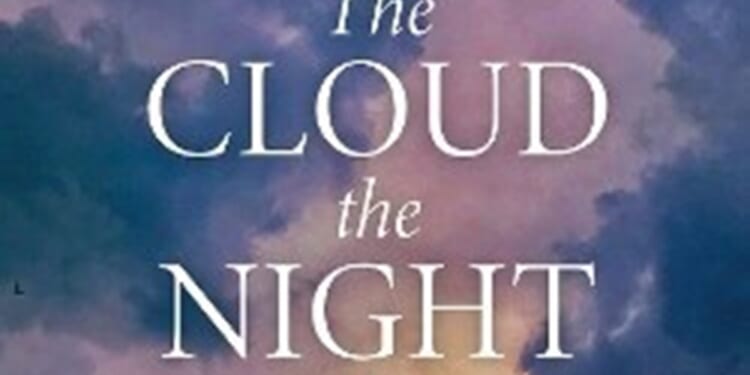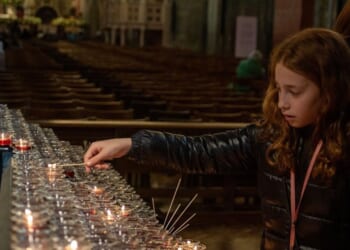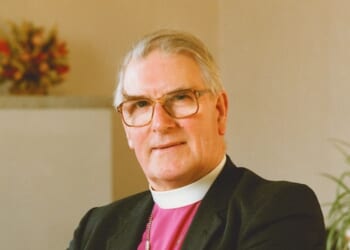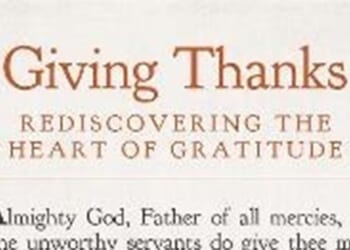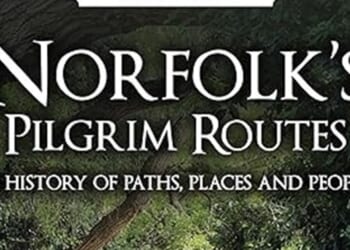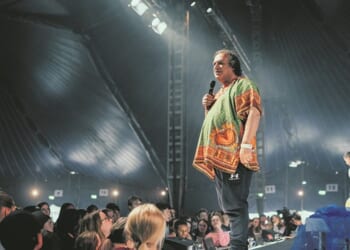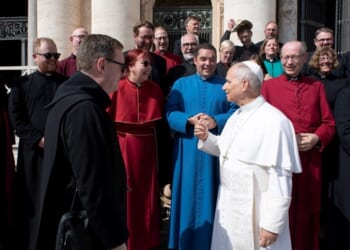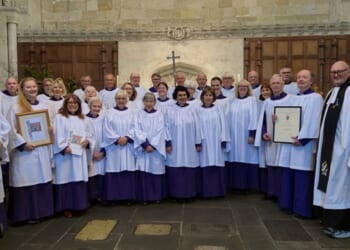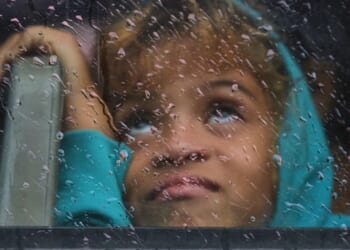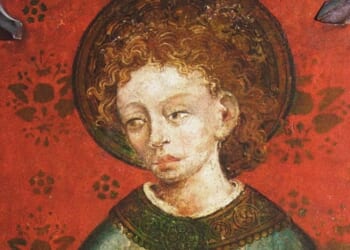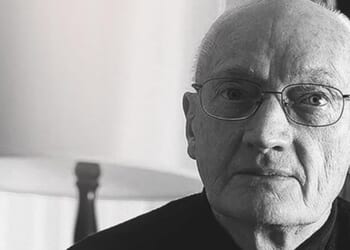IN HIS foreword, Rowan Williams writes: “‘Mysticism’ is such an off-putting word for so many.” Charlie Cleverly seeks to introduce mysticism to those Christians who have been thus put off, whether through theological outlook or lack of accessible guidance. For those whose doubts arise from their Evangelical churchmanship, this is the author’s background; he shows that the mystical teachings that he examines are consistent with scripture. For those who find the original words of the historical mystical writers too difficult for the modern reader, he provides a clear explanation.
In the introduction, “Why journey with the mystics today?”, the author likens many modern Christians to travellers in a desert, looking for the living water. To them, these mystical writers are like blocked ancient wells. He seeks to unblock these wells through a mystical journey in four stages: cloud, night, fire, and song, with a rest mid-way. For each of these, he chooses a writer whose work explores this aspect of mysticism. He leads the reader, addressed as “dear spiritual friend”, through these writings gently, in short chapters.
The first section, the Cloud, is based on the 14th-century The Cloud of Unknowing, by an unnamed author; Cleverly is inclined to accept the view that this was a woman. The beginning of the spiritual journey is the darkness of the cloud between us and God, our human inability to comprehend the divine. We can pierce this cloud through stillness and “the sharp dart of love”. The journey through the cloud leads to sitting in silence, listening for God to speak.
The Night explores the great writings on spiritual darkness by St John of the Cross. These are his poems “The Dark Night” and “Spiritual Canticle”, which were composed in suffering and physical darkness while he was imprisoned and maltreated by his Carmelite brethren. These poems, based on the Song of Songs, tell the story of the bride, the soul, searching through darkness and suffering for her lover. John later wrote commentaries on these poems. Cleverly examines both John’s “dark night of the soul” and the soul’s dark night in our contemporary culture, and suggests ways through the darkness.
After these two difficult experiences of cloud and night, we have a time of rest with Teresa of Ávila, with her way through the darkness to the still centre.
For the Fire, our guide is Richard Rolle’s The Fire of Love. Rolle felt God’s presence as physical warmth in his heart, setting him on fire with love. This intense love can be felt as suffering. Cleverly then looks at later experiences of this fire, including those of Charles Fox and John Wesley, and the Pentecostal Awakening that began in Los Angeles in 1906.
The final section, the Song, is not based on a single mystical writer, but, rather, on the Song of Songs and many Christian writings about this scriptural love song. Singing can join lament with joy, and build community. At the end of this mystical journey, we are ready to join in the song of heaven.
Dr Hilary Pearson studied Christian spirituality at Heythrop College. Her research interests are medieval and early-modern women religious writers, and Franciscan spirituality.
The Cloud, the Night, the Fire and the Song: With the mystics in the school of prayer
Charlie Cleverly
Canterbury Press £13.99
(978-1-78622-597-9)
Church Times Bookshop £11.19

